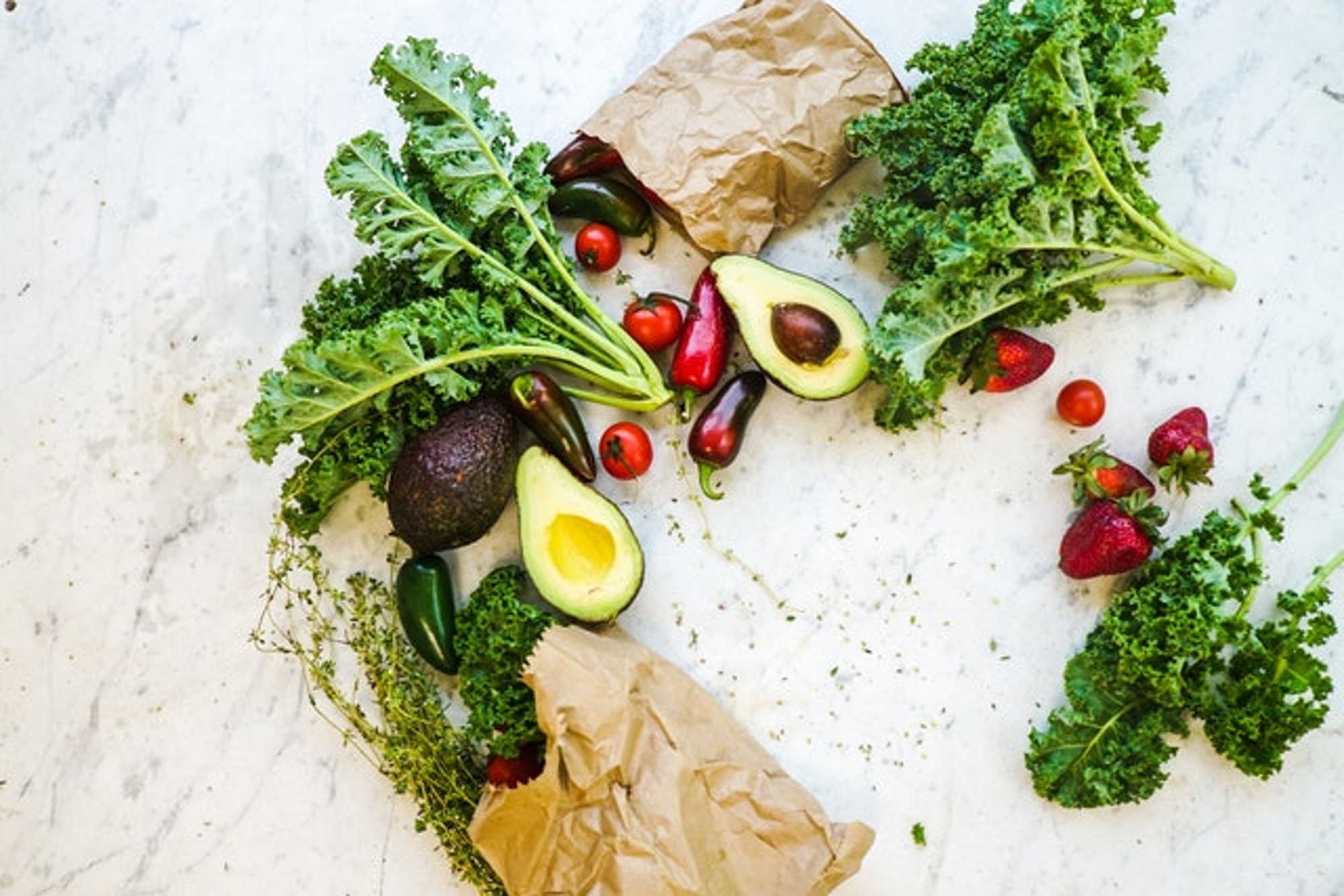
Consume a greater variety of fruits and vegetables. You've probably heard this message before. And the likelihood is that you are guilty of disobeying it. However, fulfilling the daily minimum of fruits and vegetables does not have to be difficult. The following are some simple strategies to include more beneficial foods into your diet.
1. Drink Your Fruits and Vegetables
According to the USDA, look for labels that state "100%" fruit or vegetable juice since they might be convenient to consume a portion of fruit. However, you must exercise caution with portion sizes and ensure that you understand how much a serving is. You don't want to wind up taking more calories from juice regularly. Additionally, whole fruit contains fiber, an essential component of a healthy diet.
Numerous vegetables and fruits include phytochemicals, which are physiologically active compounds that may assist in the prevention of certain illnesses.
All you need is fruit and ice to create a delectable smoothie bursting with your favorite tastes if you own a blender. Here's a tip: while making a fruit smoothie, feel free to include as much fresh spinach as desired. Spinach does not taste like spinach until it is cooked. Even children are unable to detect the difference!
2. Prepare Vegetarian Meals
At least once a week, forego the meat and experiment with a new vegetarian meal. Plant-based diets have been linked to a decreased risk of cardiovascular disease and all-cause death.
The earth is home to hundreds of fruits and vegetables, not to mention several kinds of each. For instance, most grocery shops offer at least five distinct varieties of apples.
3. Serve Fruit with Your Desserts
Fruits are nature's confectionery. Pureeing berries and incorporating them into sweets like ice cream may work well. Portion management is critical when it comes to sweets. Desserts are OK on occasion as long as you complete your nutritional requirements via other meals and exercise to ensure that your calories exceed your calories out.
4. Stay Prepared with Canned and Freezer Foods
These are just as nutrient-packed as fresh produce and are often less expensive. Read labels carefully – canned choices may include excessive salt or sugar. While eating fresh fruits and vegetables may be preferred, there is no nutritional difference between frozen, canned, or dried items. Indeed, most frozen and canned items are processed within hours after harvest, ensuring that the nutritional content is preserved. For instance, with a little effort, you can find high-quality frozen fruits or vegetables like freeze dried mango slices without any added sugar or other additives.
5. Do Not Conceal the Fruit
Make fruits and veggies visible to your family, including yourself, to encourage them to consume them. Have a fruit dish or carrot sticks out for munching in the kitchen. Spend some time preparing the fruits or vegetables, if necessary, to ensure they are ready to consume.
Most fruits and vegetables need no preparation: take, go, and enjoy. Suppose you lack time to prepare nutritious meals due to your hectic schedule, stock up on fruit that can be eaten on the go, such as bananas, apples, celery, and small carrots. Fruits and vegetables are portable and simple to consume on the go.
6. Adjust the Proportions of Fruits and Vegetables in Your Favorite Foods
Consider incorporating fruits and veggies into the meals you currently consume. For instance, add fruit to your cereal or yogurt, strawberries or blueberries to your pancakes, more vegetables to your sandwich, vegetable toppings to your pizza, greens to your favorite casserole or pasta dish, or extra vegetables to your omelet. There are several cookbooks available to get you started.
You may sample a range of tastes and textures. With their diverse and intriguing tastes, plant-based meals encourage culinary experimentation. You may experiment with solid or with gentler ones like mushrooms and maize. Fruits such as pineapple, grapes, or plums are excellent for sweet tastes, while lemons and grapefruits are excellent for acidic flavors.
Conclusion
Consuming the required quantity of fruits and vegetables is especially important for diabetes. Consuming fruits and vegetables is a necessary component of a balanced diet that may aid weight and blood sugar management. One peer-reviewed open access publication published research discovered a possible link between adult weight outcomes and vegetable intake. In one way or the other, it is worth boosting your fruit and vegetable consumption.